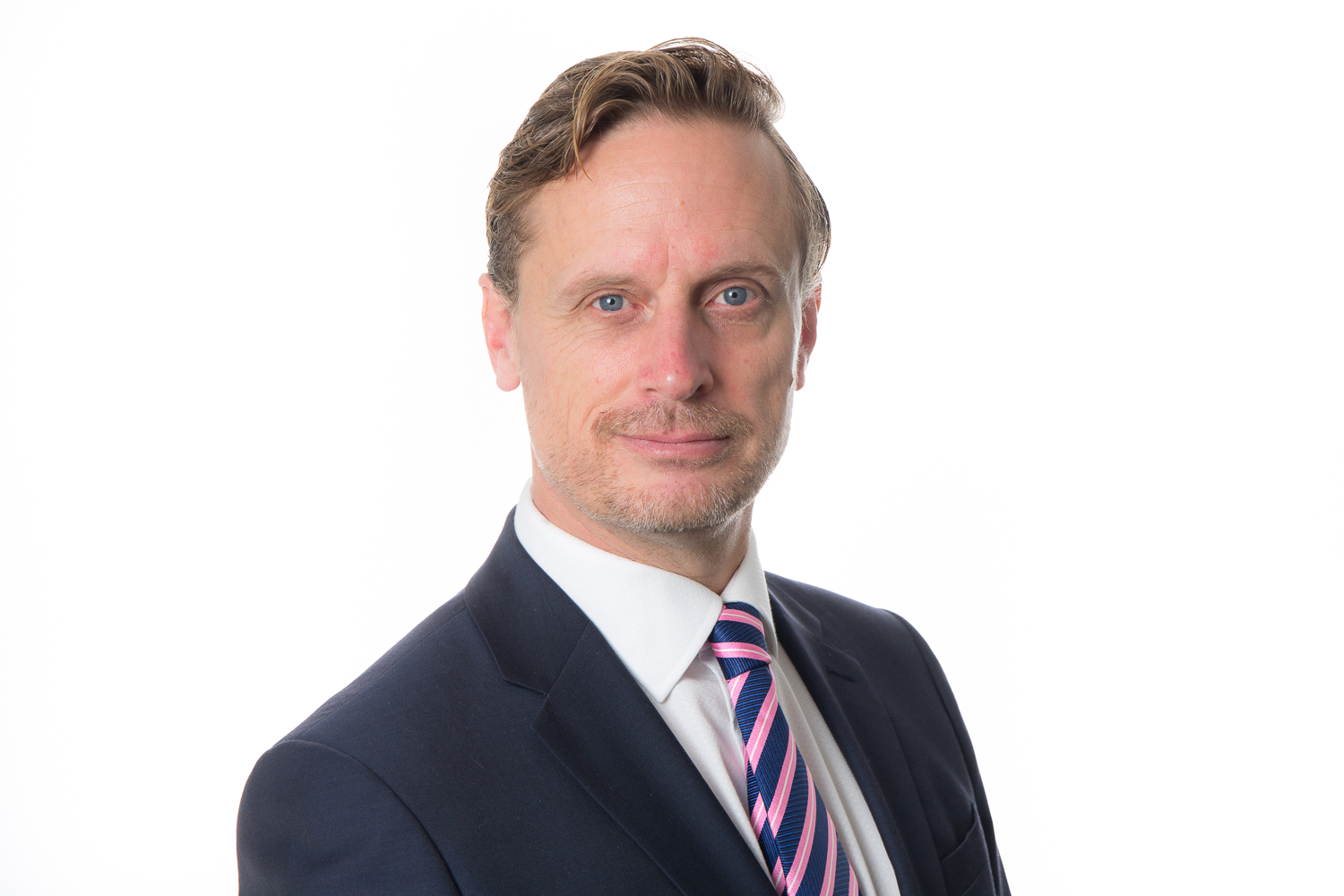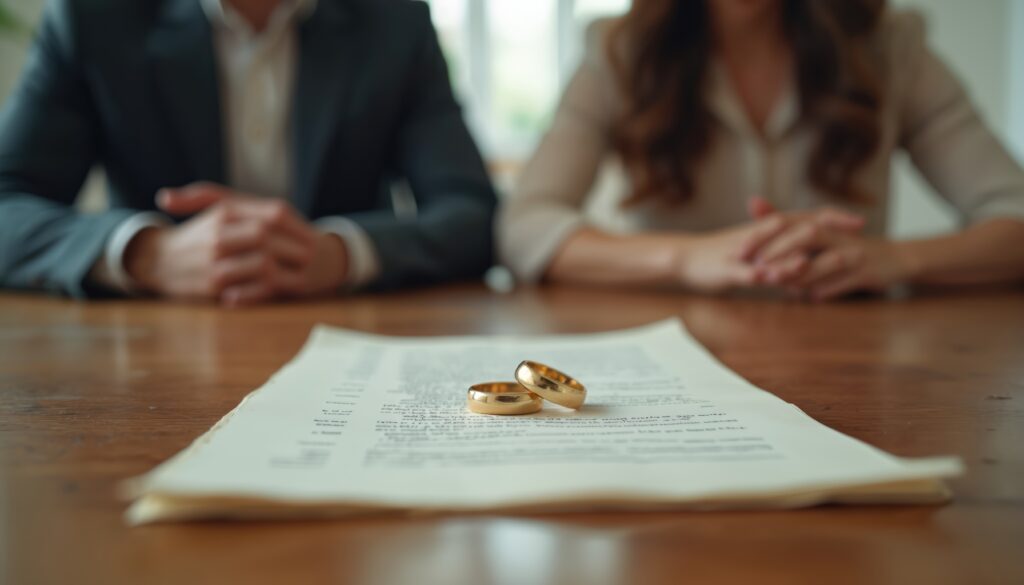The Grenfell Tower tragedy sparked the most important review of building safety legislation in the history of the UK. The ‘Building a Safer Future’ report (the Report), published by Dame Judith Hackitt lambasted the systematic failures of the construction industry which led to this tragedy, and proposed a number of solutions. Most relevantly to this article, Hackitt criticized existing legislation and regulations for allowing buildings to be constructed quickly and cheaply at the expense of the safety of the people living in them. Importantly, the Report called for a system which:
Provide[s] stronger oversight of dutyholders with incentives for the right behaviours, and effective sanctions for poor performance.
In response to these requirements (and others suggested by the Report), the Building Safety Act 2022 (BSA) received Royal Assent on 28 April 2022, and implemented stronger liabilities to hold responsible persons to account for failing to meet the requisite building safety standards.
Whilst the BSA sought to improve building safety in a number of areas, this article specifically focuses on its regulation of high-rise buildings in the aftermath of the Grenfell Tower tragedy.
Who are the responsible persons under the BSA? And for what buildings are they responsible?
Before understanding the responsibilities introduced by the BSA for high rise buildings, it is important to understand how it defines high rise buildings, and who it holds accountable for ensuring their safety.
The BSA’s emphasis on increasing the safety of high-rise buildings is caught by its definition of “Higher-Risk Buildings” (HRB’s), which it defines as any building in England which is:
- at least 18 metres tall or has at least 7 storeys; and
- contains at least 2 residential units.
The Higher Risk Building Regulations 2023 refine and supplement this definition depending on the circumstances. In relation to the design and construction of HRB’s, a HRB includes a care home or hospital which meets the above requirements. Whereas for HRB’s that are already occupied by residents, the aim of the legislation is to focus on domestic buildings, meaning it excludes care homes, hospitals and similar.
Those responsible for the safety of HRB’s are defined as “Accountable Persons”, “Relevant Accountable Persons” and “Principal Accountable Persons” depending on the context:
- Accountable Persons are any individual, partnership or corporate body who holds a legal estate (i.e. a lease or freehold title) in respect of the common parts, or who has a repairing obligation in respect of the common parts under the relevant lease or other legislation (s72 BSA).
However, there are exceptions under which the estate holder of the property is not the Accountable Person if there is another person/organisation responsible for reparations to the HRB.
- Relevant Accountable Person is an Accountable Person who is responsible for the relevant part of the HRB (s76 BSA).
- If there is only one Accountable Person for a building, that person is also the Principal Accountable Person (s73 BSA). Where there is more than one Accountable Person, the legislation is vague in stating the Principal Accountable Person is either the person who holds a legal estate in possession for the relevant part of the HRB, or who has a repairing obligation in respect of the HRB.
Common parts are typically the parts of the building used by residents, such as the structure and exterior of the building, corridors, lobbies, staircases and similar. The significance of this is that the responsibilities and liabilities associated with being an Accountable Person or Relevant Accountable Person typically fall with freeholders of the HRB, private and public landlords including local authorities, management companies, right to manage companies, and commonhold associations.
Responsibilities and liabilities before HRB’s are occupied by residents
Accountable Persons have various responsibilities to ensure the safety of HRB’s before they are occupied by residents:
- As per s76 of the BSA, a completion certificate from the Building Safety Regulator confirming compliance with building safety regulations, and that the building is safe, is required in respect of:
- The construction of a HRB – the completion certificate must be issued before any residential unit in the building is occupied;
- The creation of additional residential units in a HRB – the completion certificate must be issued before any additional residential unit in the building are occupied; or
- Works to a building that cause it to become a HRB – the completion certificate must be issued before any newly created residential unit in the building is occupied.
If a relevant residential unit is occupied before a completion certificate relating to the relevant part of the building is issued, the Relevant Accountable Person commits an offence making them liable to imprisonment up to two years or an unlimited fine (unless there is a reasonable excuse).
- As per s78 of the BSA, the Principal Accountable Person must ensure that HRB’s are registered with the Building Safety Regulator before the building is occupied. This came into force on 1 October 2023, meaning existing occupied HRB’s should have been registered by 30 September 2023. A failure to do so, is again a criminal offence punishable by imprisonment up to two years or an unlimited fine.
Post-occupation responsibilities and liabilities for management of Building Safety Risks in HRB’s
Following the occupation of a HRB, as per s83 BSA any Accountable Person must as soon as reasonably practicable after the building becomes occupied (or they become an Accountable Person) assess the “Building Safety Risks” for the part of the building for which they are responsible.
The BSA defines Building Safety Risks as those arising from the spread of fire, structural failure or any other matter prescribed by the Secretary of State which would cause the death or serious injury to a significant number of people.
This obligation of assessment then becomes an ongoing obligation at regular intervals, when there is reason to believe the current assessment is no longer valid or at the direction of the Building Safety Regulator.
This is coupled with an obligation under s84 of the BSA for each Accountable Person to prevent a Building Safety Risk materializing, and reduce the severity of incidents resulting from them. This is intended to compel the Accountable Persons to carry out regular maintenance works, and innovations to ensure the continuing safety of the HRB.
If an Accountable Person contravenes these requirements putting people at significant risk of death or serious injury, this gives rise to a criminal offence liable to imprisonment for a maximum of two years or an unlimited fine.
Extension of liability to individuals beyond a body corporate
It would be understandable for directors and employees of management companies to think that if their company was deemed to be an Accountable Person, that liability for the above offences would stray no further than the management company itself. However, s161 of the BSA provides that if an offence was committed with the “consent or connivance of any director, manager or secretary or other similar officer” of a body corporate or is “attributable to any neglect on the part of any such person”, both that individual and the body corporate commit the relevant offence.
For the purposes of the above, a director is defined to include members of the body corporate, if its affairs are managed by them. However, “manager”, “secretary” and “other similar officer” remain undefined, and it will be open to interpretation by the Court’s to whom these provisions apply. This vagueness further emphasizes the importance for individuals working for management company’s and similar who are Accountable Persons, to carefully ensure their company is fulfilling its obligations – at pain of the criminal consequences being felt by them personally.
Similarly, s161 further provides that in relation to a Partnership the liability extends to a partner, and in the case of an unincorporated body other than a partnership, it extends to members who manage the body’s affairs, or members of the governing body.
If you want further advice on your responsibilities and potential liabilities in relation to HRB’s, please contact us to speak to a member of our Dispute Resolution Team.








